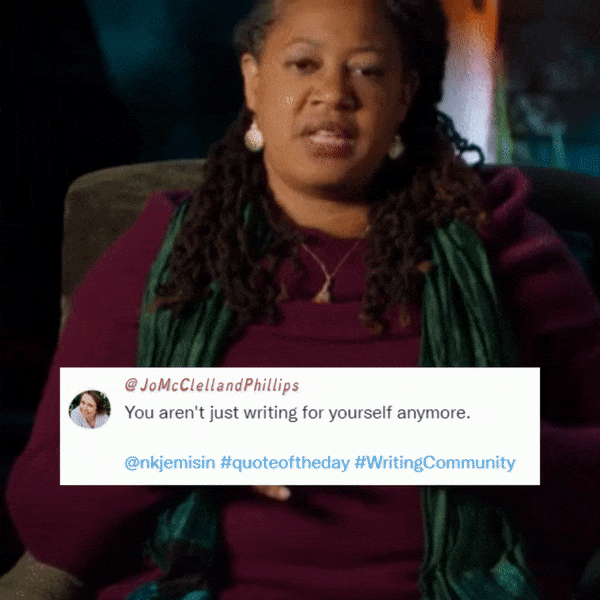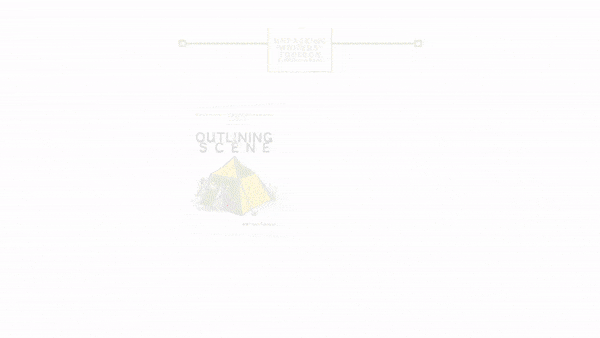My Outlining a Scene video is still my most popular video on my YouTube Channel. I was watching it, and I felt there were many parts I wanted to skip. So I decided to do the dirty work for you and break it down into the good parts version to save you time and get you back to writing.
The Original Outlining a Scene Video
The tools I used when I wrote my novel, Fight Club meets The Devil Wears Prada, were The Story Grid Podcast and Abbie Emmon's Screen Card. These tools are available through their websites.
When I started this novel, I had no idea where to start. I used a method that Tim Grahl talks about getting stuck in scenes in the Story Grid podcast. His strategy is to set a timer for 10 minutes. And then move on, marking anything that doesn't get fleshed out as T.K.
When he got stuck, he set a timer for 10 minutes and gave himself that time to sort out whatever he was stuck with. If he hasn't figured it out by the time the timer hits, he would mark it T.K. and move on. You can watch the above video as I use a tool offered by Abbie Emmons through her YouTube channel. But I work through the scene with that tool. Now, 8-months later, I will outline exactly what I did.
How to Outline a Scene
Set a timer for 10 minutes.
On your next pass through your novel, look at the scene again with fresh eyes.
Identifying The Scene
The scene I was working don't in this video was the hook of the novel I wrote last November. Now I'm deep into my 2022 novel, and I'm in the muddy middle of the mid-build.
The scene is a tool-gathering scene that needs to build tension, add exposition, and deepen create character relationships.
HARD TRUTH: In my writing, I struggle with pacing. As a reader, I tend to skim bits where I know where the narrative is going and don't want to slog through the mud to get to the tent poles of the story.

So when I'm writing, I skip these pits and go from tent pole to tent pole. However, "I'm not just writing for [myself] anymore." as N.K. Jemisin said in her Masterclass.

So, I must remember to write the scenes in between and engage my reader.
I need my MC to cut a branch off a plant. That's what I need to happen in this scene, and thatthat is BORING!
I want the scene, as I said, to reveal character, increase tension, and build relationships between my characters. Cutting the branch won't do that.
The tent pole I'm writing to is cutting the branch, but that is one of 5 elements in my scene. What are the other four? Well, for that, I'll need to review the 5 Commandments of Story.
5 Commandments of Story
In the above video, I used a tool from Abbie Emmon; however, for the sake of this post, I'm going to use the 5 Commandments of Story Telling as laid out by Story Grid because I find this a lot more efficient for breaking down a scene and we only have ten minutes.
Inciting Incident
Turning Point Progressive Complication (at least one) > Tests > Challenges > Enemies > Allies > Tools
Crisis
Climax
Resolution
Let's look at my scene this way...
Now it's your turn, ask yourself "What scene are you struggling with in your current work-in-progress?"
Still stuck, you can download the whole workbook and much more in my Patreon account.




